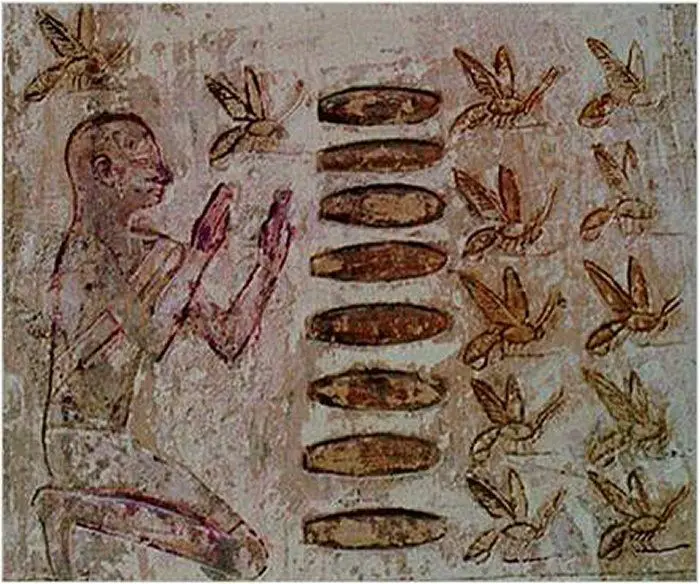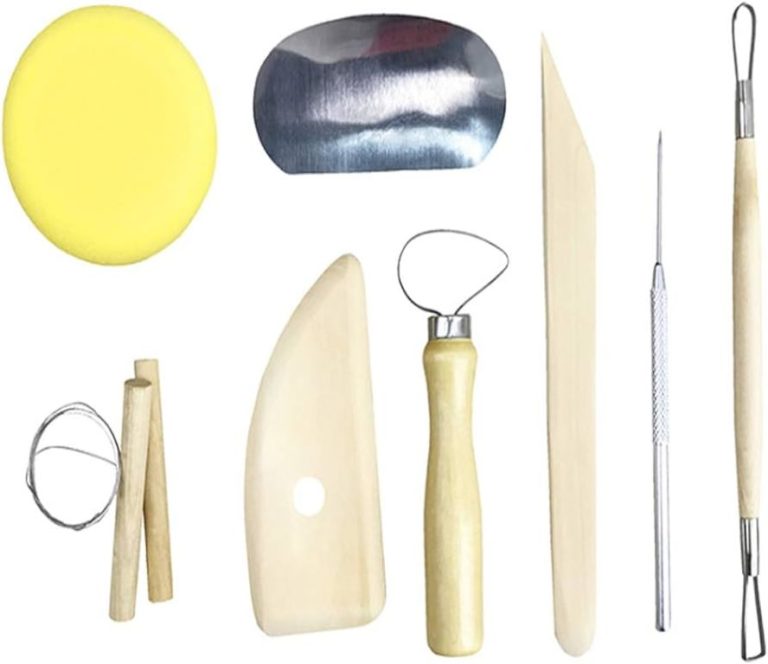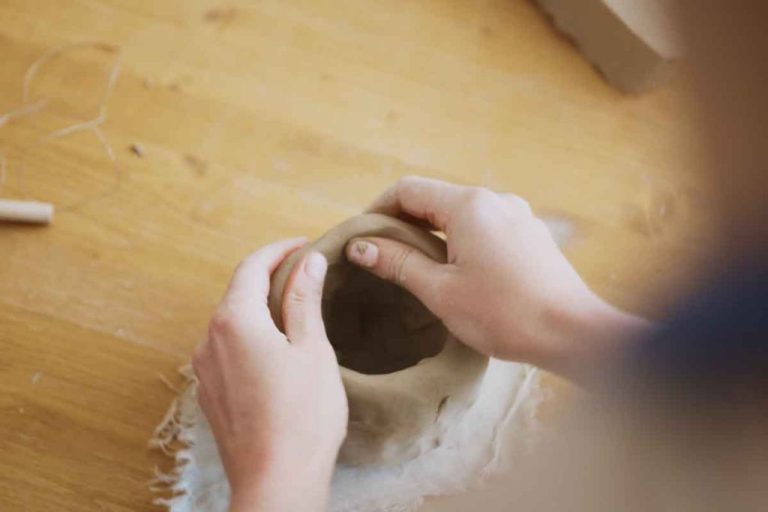What Does A Bee Symbolize In Jewelry?
Bee jewelry refers to any piece of jewelry featuring a bee design or motif. Bees have been a popular symbol to incorporate into jewelry for thousands of years across many ancient civilizations and cultures. Bee imagery dates back to ancient Egypt, where bee amulets were worn for protection and status. In ancient Greece and Rome, bees represented diligence, community, and sweetness. Bee jewelry became especially popular during the Victorian era in the 1800s, when bees were seen as a symbol of fertility and femininity. Today, bee jewelry remains popular for its symbolic meanings related to hard work, pollination, femininity, royalty, and more. Bee designs can be featured on all types of jewelry from rings, bracelets, necklaces, and earrings to charm bracelets. Bee jewelry offers a versatile and meaningful addition to accessories.
Positive Meanings
For many civilizations, bees have been seen as symbols of hard work and productivity (Source). The bee’s society and colony structure represent effective teamwork and cooperation. Bees work tirelessly for the greater good of their community, embodying devotion and purpose.
Bees have also long been linked to fertility, which is unsurprising given their critical role in pollination (Source). The ancient Greeks particularly revered bees as fertility symbols. Bees in jewelry gifted to newly married couples represented hopes for a fruitful union.
Additionally, bees symbolize wisdom accumulated over time through dedication and experience (Source). The bee’s honeycomb, filled with sweet golden honey, signifies the rewards of hard work and sage decision making.
Religious Symbolism
Bees hold symbolic meaning across many religions and spiritual traditions. In Christianity, bees and honey are associated with Christ and his attributes. Honey is seen as a symbol of God’s blessings, abundance, and the promised land [1]. Bees represent Christ, his forgiveness through the sweetness of honey, and his justice through the bee’s sting [2]. The Bible contains over 60 references to honey, highlighting its purity and value [3].
In Islam, honey bees were revered for their honey production and work ethic. The Qur’an promotes honey as a healing food and signifies bees as one of God’s great creations. Ancient Egyptians used the bee hieroglyph to represent Lower Egypt and honored bees for their association with rebirth.

Hindu mythology views bees as symbols of sacrifice, focus, and hard work. Lord Vishnu is sometimes called Madhava, meaning “nectar-born one,” referring to his creation and love of bees. In Buddhism, the bee represents virtuous living, as its community works together in harmony for the greater good.
Love and Relationships
One of the most common symbolic meanings behind bees and bee jewelry is love and commitment in romantic relationships. The sweetness of honey produced by bees is often likened to the sweetness of love between two people. Giving bee jewelry as a gift can symbolize your affection for your partner and a wish for a loving, nurturing relationship filled with care and devotion.
Bees are seen as natural pollinators and creators of life, so bees can represent attraction, fertility, and new beginnings in relationships. An engagement ring or wedding band with bee designs is thought to be a sign of commitment, bonding, and loyalty between two people joining their lives together. The bee’s communal nature and dedication to working together in a colony represents the cooperation and compromise needed to sustain a marriage.
Overall, bee jewelry given in the context of romantic love conveys wishes for an intimate, fruitful partnership built on mutual trust, respect, and affection. The bee’s associations with nurturing, community, and fertility affirm devotion in marriage or any serious romantic relationship.
Femininity and Beauty
Throughout history, bees have been associated with goddess archetypes representing feminine power and beauty. Many ancient goddesses like Demeter, Artemis, Cybele, and Rhea were connected to bees and beekeeping (Source). Bees were seen as symbols of the sacred feminine, fertility, and the divine rights of women.
In modern times, bee motifs remain popular fashion accessories to represent femininity. Bee jewelry, like necklaces, earrings, rings, and bracelets frequently feature bee designs. The jewelry suggests the wearer identifies with traditional associations of bees and womanhood. Many women choose bee motifs for their beauty, delicacy, and link to the natural world. As an accessory, bee jewelry allows women to celebrate their connection to the long-standing history of bees representing feminine power and grace.
Royalty and Status
Bees have long been associated with royalty, status, and power across many cultures throughout history. The bee was famously adopted by Napoleon Bonaparte as a royal symbol. Napoleon used the bee extensively on his royal robes, flags, furnishings, and architectural details. This was inspired by the ancient use of the bee symbol among French royalty, dating as far back as the Merovingian dynasty in the 5th century. Napoleon sought to link his reign with previous French kings by reviving the bee as an emblem of France.
Other European royalty have also used the bee and beehive motifs to represent sovereignty, industriousness, and the divine right to rule. The bee appears in heraldry and coats of arms of rulers across Europe, including in England, France, Italy, and Russia. For instance, the three-bees emblem of the 15th-century French king Charles V represents wisdom, greatness, and power.
Sources:
https://blog.highbet.com/article/bee-hive-bonanza-slot-game-review
Protection
Bees have long been viewed as symbols of protection, warding off evil and bringing good luck in many cultures throughout history. Ancient Egyptians believed bees safeguarded against danger, while in medieval Europe bee symbols were thought to protect people from being stung. Beeswax candles were even made and used during rituals to ward off negative energy and evil spirits.
Bees are still considered good luck charms today, and some believe that seeing a bee land on you means good fortune is coming your way. There are many legends of bees providing divine protection or being messengers from gods. Greek goddess Artemis and Norse god Bragi both kept bees, blessing those who cared for them.
Some think that bees lend their protection because of their strongly bonded communities and willingness to sacrifice themselves for the greater good. The protective symbolism remains popular, with bee jewelry, charms, and talismans used by many seeking defense against misfortune.
Afterlife
Bees have long been associated with the afterlife and the soul’s journey in many cultures. In Ancient Egypt, the bee was seen as a symbol of death, resurrection and rebirth because of its role in pollination and the bee’s lifecycle 1. The way a bee colony reproduces by swarming seemed to the Egyptians like an analogy for the soul’s journey after death. When a bee swarm left the hive, it was thought to represent the soul leaving the body upon death. The building of a new hive by the swarm was like the creation of new life after death.
Similarly in Greek mythology, bees embodied the endless cycle of life, death and rebirth. Honey was thought to be the nectar of the gods and a gift from the afterlife. The annual renewal of a bee colony through the pollination cycle was seen by the Greeks as a symbol of the eternal renewal of life 2. Placing honeycombs and bee effigies in ancient Greek tombs was thought to provide sweetness and sustenance for the deceased’s journey to the afterlife.
In this way, across cultures bees came to represent the undying soul and the belief in reincarnation or rebirth after death through their cyclical nature as pollinators.
Personal Meaning
While bees can represent common symbolic meanings, they also provide a way for people to add personal meaning to jewelry. The symbol of a bee can be customized to represent an individual’s own values, beliefs, and experiences.
For example, someone may choose a bee design to symbolize their own hard work, community, and cooperation. A bee pendant may be selected to represent an individual’s feelings of hope, positivity, and new beginnings during a difficult time in life. Others may simply enjoy bees and want a bee jewel to connect with their fondness for nature and the insect world.
The meaning behind bee jewelry can be profoundly personal. An individual may associate bees with nostalgia for childhood memories spending time with grandparents who kept honey bees. Or it may remind someone of the satisfaction of homegrown honey from their backyard beehive. The bee can represent personal passions and interests too.
Bee jewelry provides a special way to keep this personal symbolism close. The custom meaning and inner significance stays with the wearer, adding a layer of intimate meaning each time the bee jewelry is put on.
Conclusion
Bee jewelry can evoke a wide range of symbolic meanings, making it a versatile and thoughtful adornment. Bees have been revered throughout history for their industriousness, harmonious community, fertility, sweetness, and even mystical associations with the afterlife. Wearing a bee pendant, ring, or earrings can represent devotion, prosperity, protection, wisdom, luck in love, beauty, status, femininity, and more depending on the context and personal significance. The bee will likely continue buzzing in the world of jewelry and fashion as an iconic motif open to creative interpretations and fresh designs. For many wearers, the enduring intrigue of the bee makes it a meaningful and treasured adornment.



